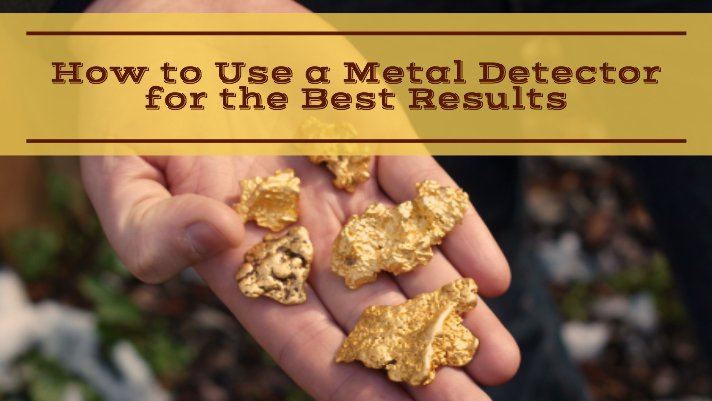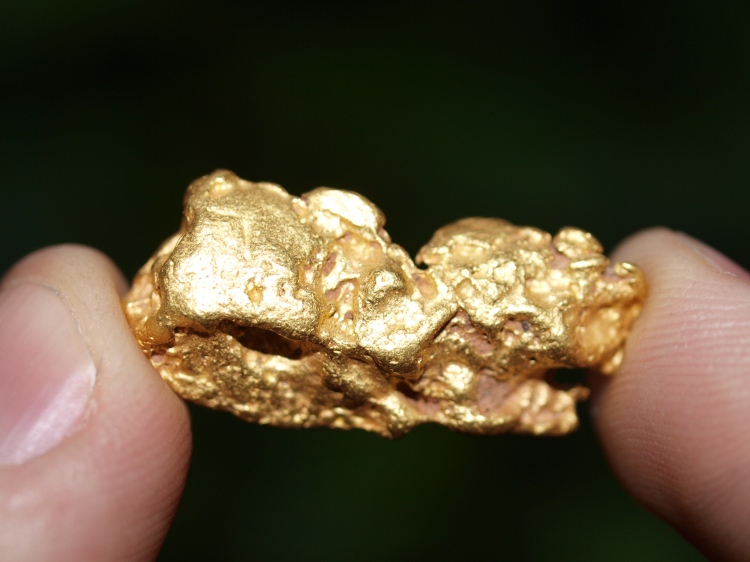
The use of metal detectors has increased over the past few years as people venture out in search of treasure. They are a fantastic tool, however to obtain the best results one should have sound knowledge on various techniques regarding the use of the devices.
Below we will cover some of the basic essentials of using a metal detector. Whether using it for coins, relics, or gold nuggets, there are basic requirements that you need in order to consistently find things with your detector.
Sweeping the Coil
One of the most important techniques an operator must master while metal detecting is the coil sweep. Detectors are designed to be moved from side to side. It should move close to the ground with a consistent speed.
In order to obtain the best results in the sweeping technique, the operator must ensure that each sweep is slightly overlapped in order not to miss any potential targets. In other words, ensure that there are no gaps left between the previous sweep and the next one to avoid missing gold.
It is also important to make sure that the search coil on the detector is always positioned close to the ground every time you use it. This helps to avoid missing out on deep targets. Even an inch or two above the ground will reduce the depth detection considerably. Therefore, the operator must avoid lifting the coil at the end of each sweep.
Hearing Targets
The use of the detector requires maximum attention to be given when listening to signals while focusing much on the faint ones. Avoid paying much attention to loud signals only, as this may lead to missing those smaller, deeper targets. This is most important when hunting for gold nuggets because the smaller bits of gold can be disguised by ground noise or larger iron trash targets.
Disturbance from other Metal Detectors
Take note also to avoid using a detector closer to another person using a detector, as it may create distortion and disturb the ability of the detector to pick up signals from the gold nuggets. This is especially a concern with pulse induction style detectors. If you sense a distortion in the threshold, move farther away from your hunting partner.
Read: What is the Best Detector for Finding Gold Nuggets?
Pinpointing
Take time to learn how to quickly and efficiently pinpoint your targets. This can actually be harder than you might think. A small gold nugget can be tough to find. Often the target will be lost when you start digging, or the sound of hot rocks and mineralization will mask the original signal.
You can purchase handheld pinpointers that work very well, but you should learn how to use your detector coil to pinpoint also. It will make you a more efficient detectorist.

Slow and Low for Gold
The operator must also ensure that the coil of the detector is swung low and slow when searching for gold. Always ensure that the height of the coil above the ground is well regulated by making it as low as possible, but should not touch the ground.
It is also necessary for the user of the detector to ensure that, it is moved at a lower speed when sweeping. There must be patience exercised in the whole processes in order to allow the device to detect all potential spots in a given area or space.
Coin hunters can usually do a quicker sweep because coins give large signals, but small gold nuggets are easy to miss unless you slow down and listen carefully.
Understand Your Discrimination
When using the metal detector, there are very significant discriminator controls an operator must know on the device which must be properly adjusted to be able to reject signals given by the surface rubbish. This enables it to pick the relevant signals needed by the operator. In addition, avoid keeping other metallic objects near the coil.
When detecting for gold nuggets most of the time, it is actually recommended that you use no discrimination at all. Discrimination is nice to block out iron rubbish, but it will also cancel out the sound of gold, especially small or deep targets.
Maintaining your Metal Detector
Operating a metal detector also requires proper maintenance of the device in order to obtain excellent results, which involves washing of the shafts and coils in fresh water after use. A small paint brush is also ideal for removing sand from the control box faces and the knob.
Keep fresh batteries handy, and make sure you’ve got all the accessories that you need like quality headphones (I recommend Black Widow Headphones) and a good digging tool.
Successful detecting requires following some basic principles. Once you understand how to properly operate your detector, it’s time to get out in the field and start finding some treasure of your own!
Next: Detecting for Big Gold Nuggets & Specimens in Tailing Piles

